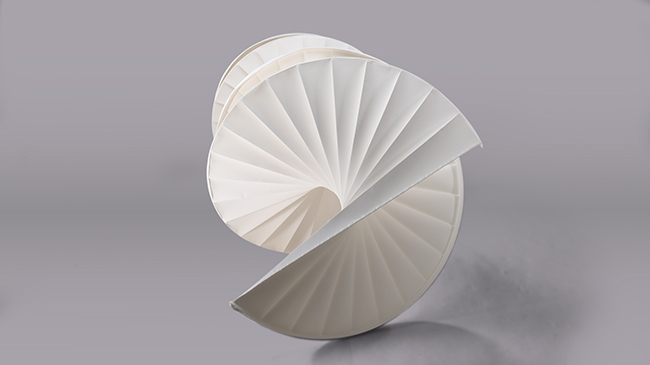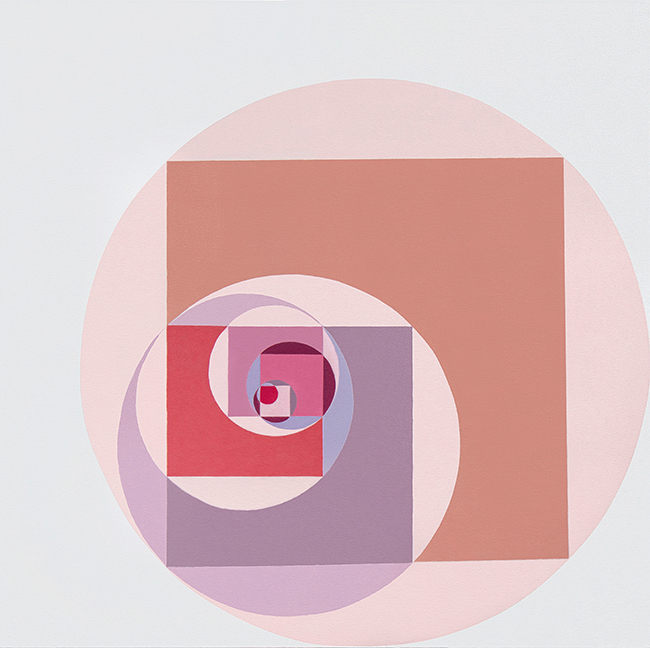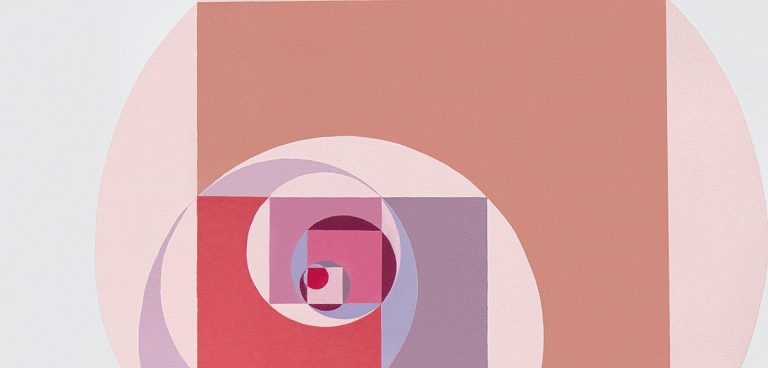Haeley Kyong creates art that cuts through the noise. Born and raised in South Korea, her minimalist pieces are a quiet force, encouraging reflection. Her art isn’t about elaborate details or grand narratives. It’s about stripping everything down to essentials—shapes, colors, and emotions. She believes art should bypass intellectual filters and hit you in the gut, a philosophy that shapes every piece she creates.

Kyong’s background is as rich as her work is simple. She trained at the Mason Gross School of the Arts at Rutgers University and later at Columbia University. These institutions honed her technical skills while her cultural roots provided her with a strong foundation. Traditional Korean aesthetics merge with her contemporary approach, giving her work a timeless yet fresh feel. Her journey has been about merging the old and new, not as a gimmick, but as a way to keep things authentic.
Kyong’s process begins with asking tough questions—about herself, about the world, and about what truly matters. She strips away what she calls “visual clutter,” focusing on core elements that evoke universal feelings. Her work isn’t just about what’s seen; it’s about what’s felt. This philosophy is evident in her two pieces: A Circular Story Tellerand Harmonic Progression.

In A Circular Story Teller, Kyong uses paper as a medium, transforming it into a spiraling form. The piece mimics the cycles of life and the stories that shape us. Its folds and curves aren’t random; they’re carefully constructed to reflect patterns we experience in our own lives. The tactile nature of the work connects viewers with its organic essence. It’s a reminder that even the simplest materials can hold profound meaning when arranged with intention.
Harmonic Progression, on the other hand, plays with oil on canvas. Here, Kyong juxtaposes circles, squares, and layers of color to explore balance and connection. The shapes are familiar, yet their arrangement feels fresh. Using principles of color theory, she creates a dynamic interplay of hues that reflect harmony in diversity. This painting feels more like a conversation—between forms, between colors, and, ultimately, between the work and the viewer.
Kyong doesn’t force meaning on her audience (a term she avoids, preferring the idea of shared experience). Her works are open-ended, inviting personal interpretation. For her, art is about dialogue, not monologue. Her minimalist style encourages this—there’s room to think, to feel, to make connections.
When asked about her artistic philosophy, Kyong emphasizes simplicity as a tool for depth. “When you remove distractions, you get closer to what matters,” she says. This isn’t about being reductive; it’s about focusing on the essential. Whether through paper or paint, her goal is to help people slow down and connect—with the art and with themselves.
Kyong’s work doesn’t rely on trends or flashy techniques. Instead, her art speaks to something primal and universal. It’s not about impressing but connecting. Her ability to blend traditional Korean influences with contemporary art practices gives her pieces a grounding that’s rare in today’s fast-paced art world.
Kyong also thrives on challenging perceptions. By using basic shapes and clean lines, she questions the idea that complexity equals depth. Her work suggests the opposite—that simplicity can be just as profound, if not more so. In Harmonic Progression, for example, the careful alignment of shapes and colors creates a sense of order amidst chaos. Similarly, the flowing structure of A Circular Story Teller feels both spontaneous and deliberate, a reflection of life’s dual nature.
Haeley Kyong’s art is a journey of stripping away, of paring down to what really matters. Her pieces invite viewers to pause, to look inward, and to find meaning in the fundamental. Whether through the tactile folds of paper or the interplay of shapes and colors, her work sparks something deeply human. It’s not about understanding her art—it’s about feeling it. And in today’s world, where noise often drowns out meaning, that’s a gift.

